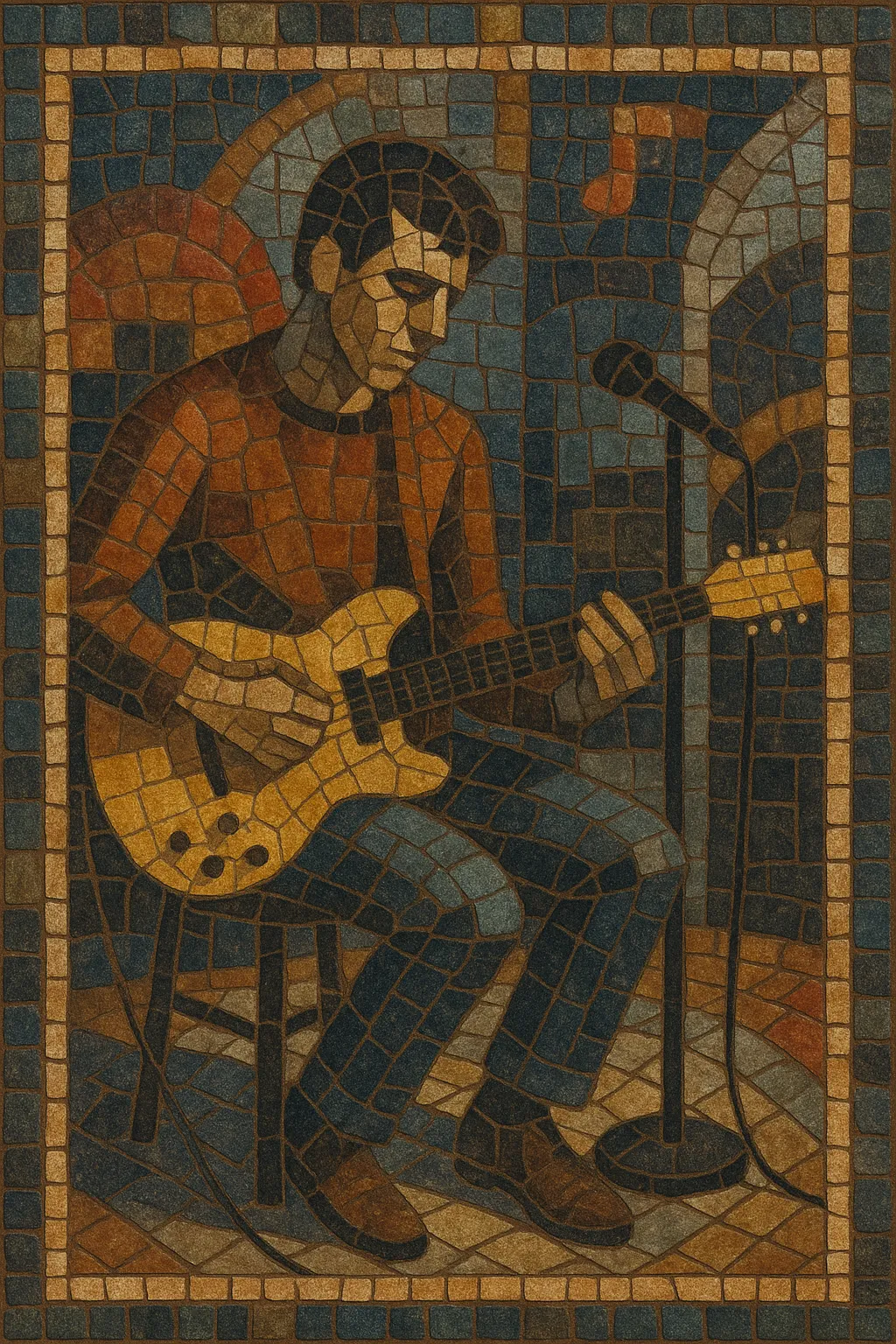
The Hoboken sound refers to the jangly, literate indie rock that coalesced around the Hoboken, New Jersey scene in the early–mid 1980s, centered on the club Maxwell’s and labels such as Coyote and Bar/None. It blends chiming guitar arpeggios, tight but unshowy rhythm sections, and understated, often wry or romantic vocals.
Musically, it draws on the crisp melodicism of power pop and jangle pop, the economy of post-punk and new wave, and a Velvet Underground–style drone-and-groove sensibility. The result is urbane and hooky yet modest: songs that feel hand‑crafted, rhythmically propulsive (great for small‑club dancing), and emotionally reflective without grandiosity.
The Hoboken sound became a college‑radio staple and a Northeast US counterpart to kindred indie movements, helping establish the blueprint for American indie rock’s balance of tunefulness, DIY ethos, and sonic restraint.
Hoboken, New Jersey—just across the Hudson River from Manhattan—developed a distinct small‑venue ecosystem anchored by the club Maxwell’s. Local musicians and NYC transplants converged there, exchanging ideas that fused post‑punk economy with 1960s jangle and Velvet Underground–style drones. Early flag‑bearers included The Feelies (whose precise, strummy minimalism and hypnotic grooves became foundational), The Bongos, and off‑shoots that orbited the scene.
Independent labels such as Coyote Records and Bar/None (founded in Hoboken) documented the sound and helped it spread via college radio. Records like The Bongos’ "Drums Along the Hudson" and The Feelies’ "The Good Earth" exemplified the aesthetic: clean guitars, quick tempos, uncluttered arrangements, and literate, low‑key vocals. Yo La Tengo (formed in Hoboken in 1984) expanded the palette—alternating gentle jangle and extended noise passages—while bands like The Individuals, The Trypes, Speed the Plough, The Cucumbers, and Yung Wu kept the melodic core intact.
Though never a mainstream chart phenomenon, the Hoboken sound’s craft and sensibility became a template for US indie. Its bright guitars, conversational vocals, and groove‑driven restraint fed into 1990s alternative and indie rock, and adjacent styles such as noise pop, dream pop, and slowcore absorbed its emphasis on texture, mood, and songcraft. Maxwell’s remained a pilgrimage site for decades, and Hoboken’s bands and labels influenced how American indie balanced DIY ethos with timeless pop songwriting.

